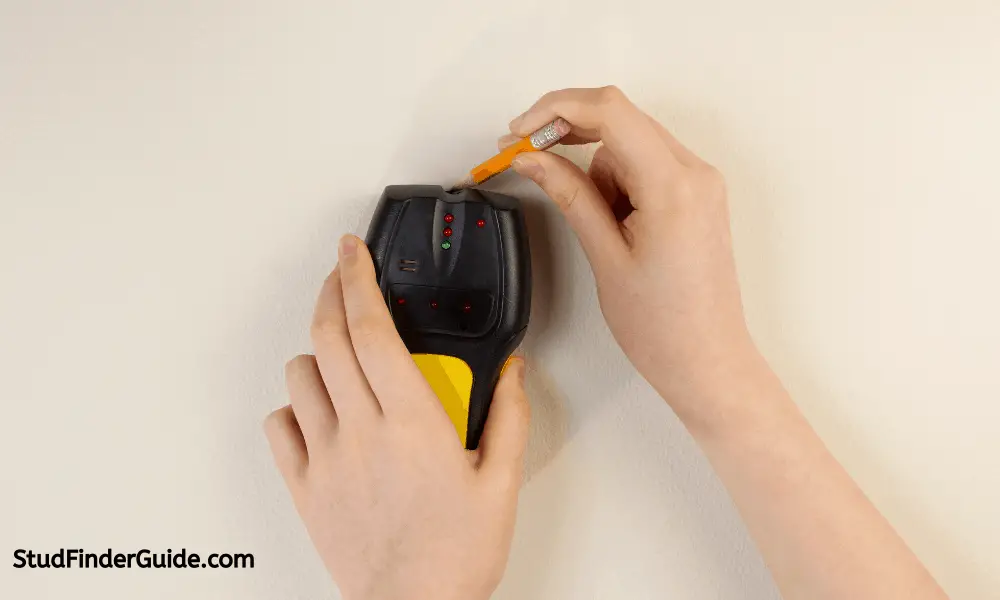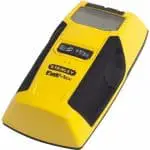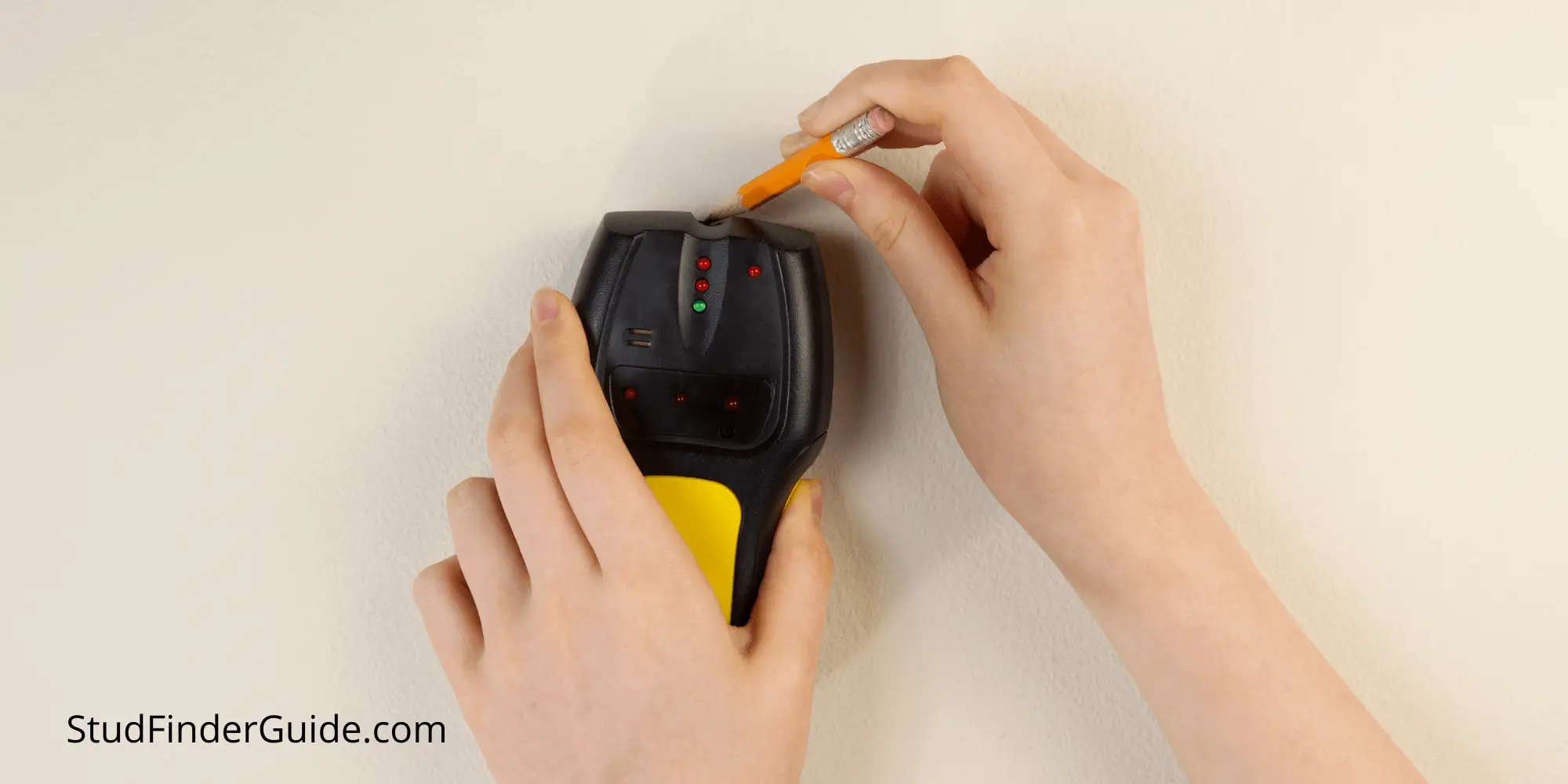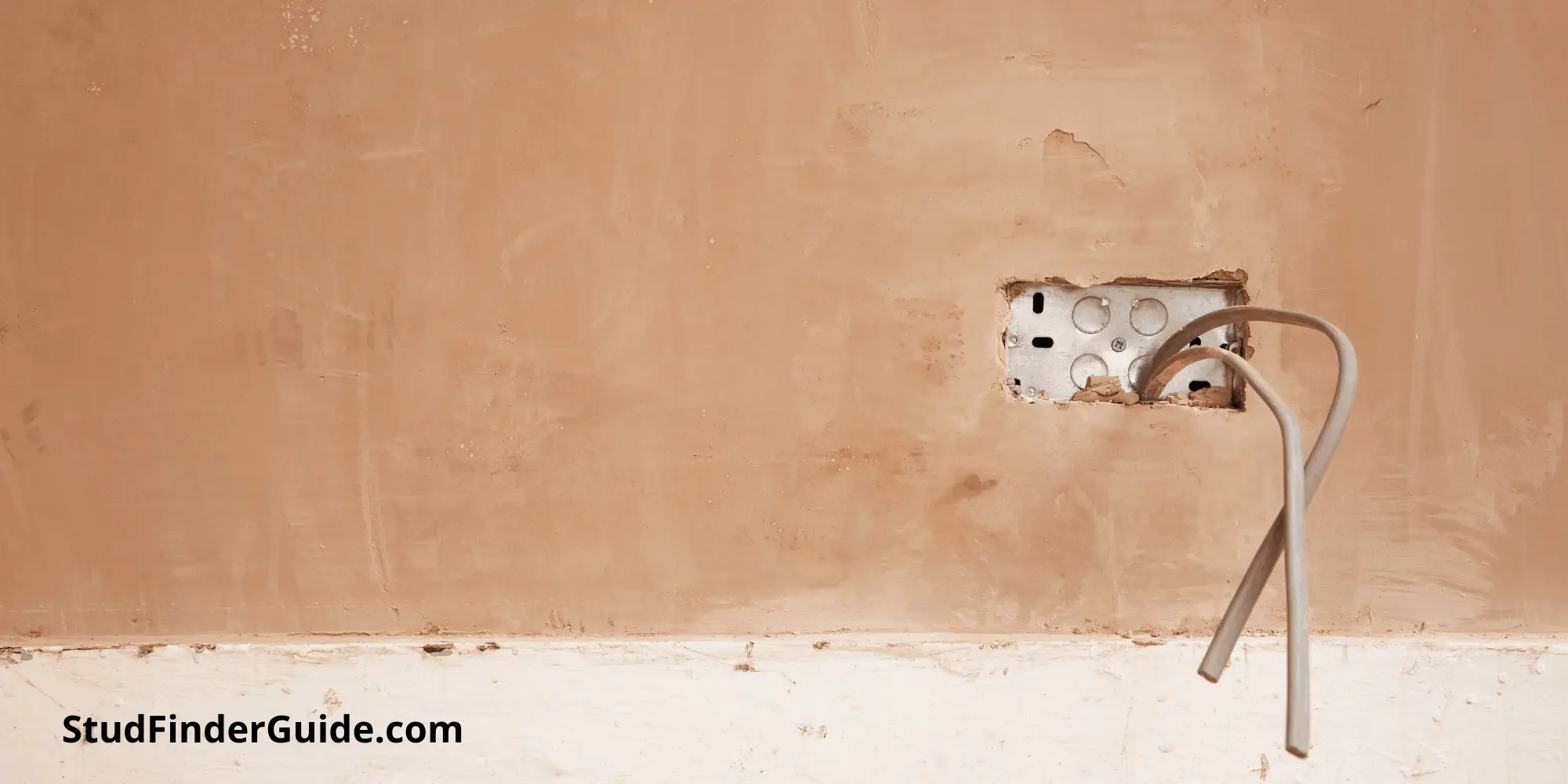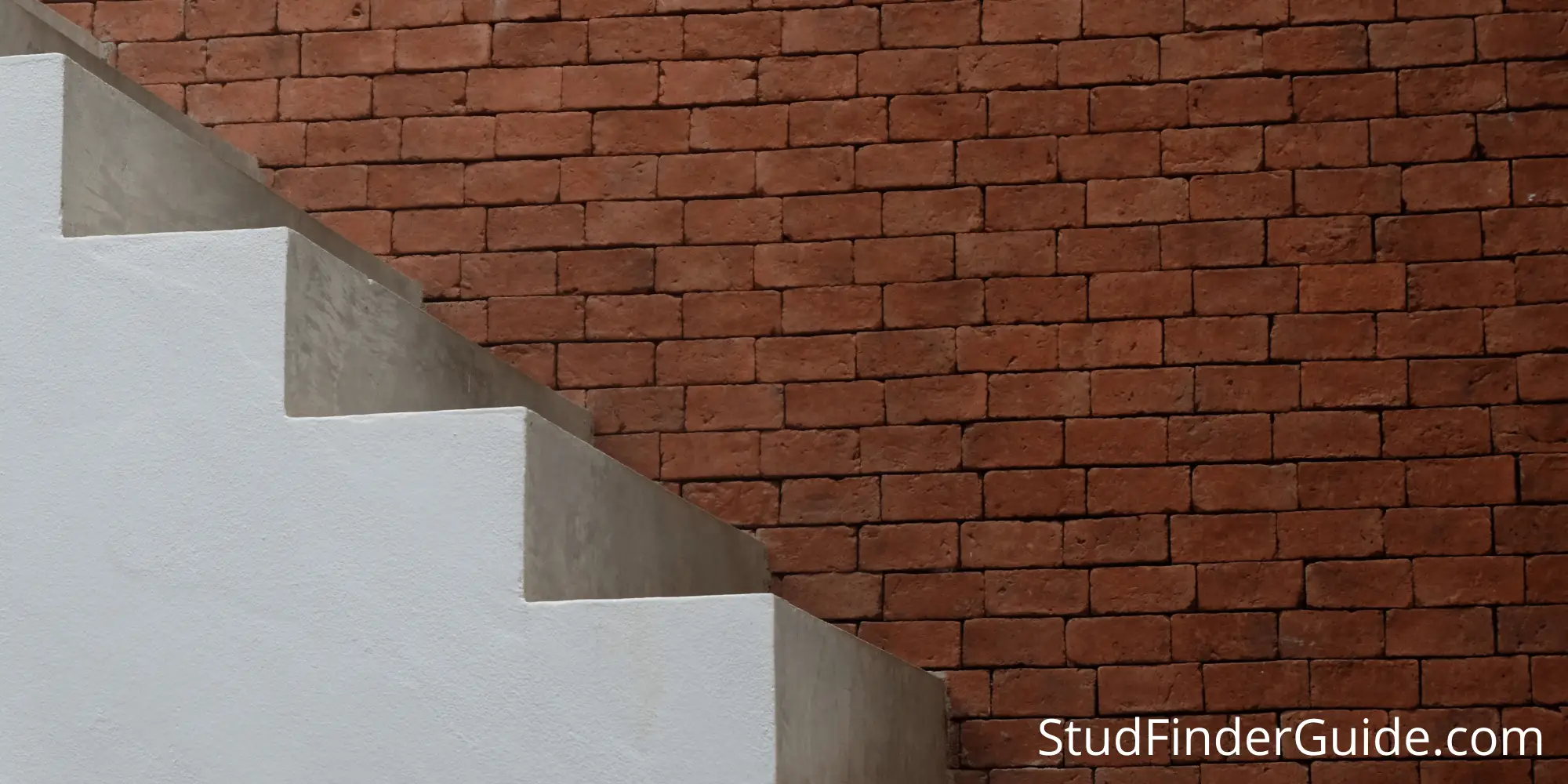So you want to know what is a stud finder? As a homeowner, whether you’re hanging pictures or putting up shelves – a stud finder is a necessary tool for any homeowner. Knowing exactly where the studs are placed in the wall can be really helpful.
Back in the day, people would typically pound a small nail into the wall until it hit a stud. Without doubt this was a time consuming process finding the studs and potentially could leave you with damage to your walls. Thankfully, stud finders have made our lives easier and they can give an astonishingly accurate view of the wall.
So, what is a stud finder?
A stud finder is a handheld device, that is specifically designed to identify the precise location of studs in a wall. A stud is actually a board, that acts as a framing element, supporting the walls in your home. Studs are found in virtually every wall, providing the necessary strength to help support the weight of heavy objects we may choose to hang from it. Items such as shelves, mirrors, television brackets and heavy picture frames. The fasteners or hangers used to hang those objects, are supported by the studs. This prevents items from falling down or pulling out of the wall once attached.
Stud finders can effectively and efficiently, identify the exact position of the studs, thanks to their electromagnetic nature. A stud detector is used by both builders and homeowners undertaking DIY projects, assisting them with locating the stud or beam behind a wall. The most common type of material used for creating internal walls is plasterboard. These types of wall have plenty of studs running from the ceiling to the floor. By using a handheld stud finder device, will enable you to sense the location in the wall, where the material is more dense. You can then quickly find the beam of wood in the wall.
[amazon table=”1875″]
Electronic Stud Finders
Generally speaking there are two types of stud finders; magnetic stud finders and electronic stud finders. As the name suggests, an electronic stud finders consist of a series of electronic components. They use actual sensors to identify the exact location of the stud behind the wall. How is this accomplished? The electronic device quickly scans the wall for any changes in density. Most walls will be made of wooden beams and sheets of drywall sit on top of them. The unique thing about wooden materials, like studs, is the fact that they are actually really poor electrical conductors. However, they support an electrostatic field and this type of energy can easily get detected by an electronic stud finder.
Thanks to technological advances, the range of materials that a stud finder can detect have increased. With the popularity of this handheld device, more and more manufacturers have brought their own stud finder product to market. There are plenty of affordable stud finders out there, many of which are now capable of identifying electrical wires, metal pipes, nails, as well as studs. Some of the premium brand stud finders can even detect beams in the floor and ceiling, as well as even detecting metal behind tiles!
Magnetic Stud Finders
A magnetic stud finder contains rare-earth magnets, made of some specific metals that enable the device to locate studs via an indirect, but effective way. These types of device contain a small magnet that can swing freely on a point. As you move the magnetic stud finder across the surface of the wall, you need to wait until you see the magnet is moving. In fact, these types of stud finders do not actually show you the location of a stud itself. Instead they help identify the exact place of a screw or nail, inside the wooden studs. Those screws and nails are used to keep the studs in place. With the benefit of an overall magnetic nature, magnetic stud finders do not require the use of batteries. In fact, the whole purpose of a homeowner being able to quickly locate the screws and nails in the wall is so simple. Every homeowner can easily make their own magnetic stud finder, simply by using a magnet and some string. Magnetic stud finder devices, are an excellent option when walls are difficult to get to.
When were stud finders invented
As we’ve touched upon already in this article, before the invention of stud finders, things were done very differently. Homeowners would use nails, to make some holes in the plasterboard, until they hit something sturdy. It was in 1977 that Robert Franklin, came up with the idea of using the difference in density between various materials in order to detect the wooden studs in the house. An electronic manufacturing company called Zircon, took Robert Franklin’s idea even further and they created the first multi scanner stud finder.
Why are stud finders so popular?
Over recent years stud finders have gained huge popularity. They have become an essential tool for homeowners, who are wanting to undertake different DIY tasks, such as hanging heavy items on their walls. A stud finder can give you confidence knowing, that the heavy item you have hung on the wall, will remain in place and not fall down. This is particularly crucial for those people with small children. To prevent accidents and avoid injuries, it is vital that you are securing objects to the walls correctly. Items such as a small picture frame, will be just fine to be nailed into the drywall alone. But when you need to hang heavier items, this simply won’t do. Furthermore, when operating safely using a stud finder at home, you are now able to purchase stud finder devices that can detect the presence of unshielded wires. This is also really important, as you will not want to run the risk of receiving an electric shock if you hit a wire when nailing something into the wall!
Final Thought
The use of stud finders has increased a lot. Their ability to identify the location of studs behind the wall quickly and safely, means these little handheld devices are a “must have” tool for any homeowner. After all, they can really help you perform several DIY taks efficiently, but with safety assured, knowing you will not be endangering yourself or a family member.

